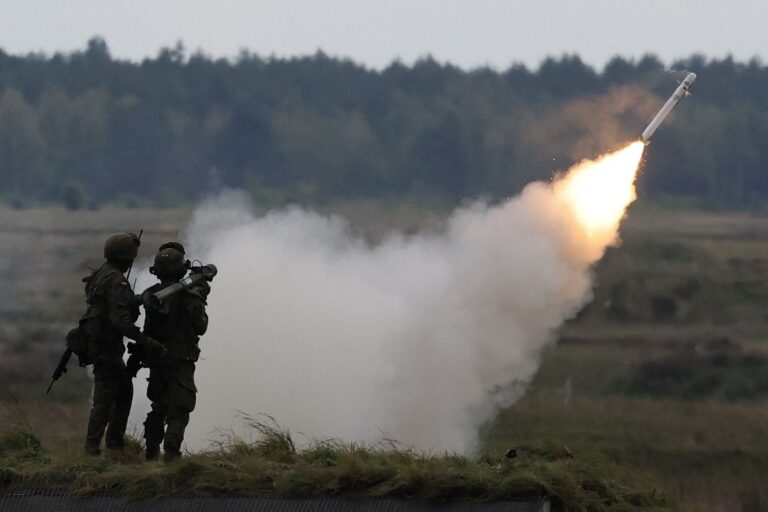Biznes Fakty
This is how Poland should develop. „A response to the changing environment”

The administration is developing a document aimed at establishing Poland’s developmental strategy for the upcoming years—this is in line with the description of the project’s foundations for the medium-term development strategy of Poland for the next decade, which was made public on Monday.
On Monday, the government’s agenda of legislative and programmatic efforts featured the foundational assumptions for a draft resolution by the Council of Ministers concerning the adoption of the draft „Poland’s Development Strategy until 2035”.
According to the project’s description, the medium-term national development strategy is meant to outline the fundamental conditions, objectives, and directions of the country’s growth across social, economic, and spatial dimensions for a span of 10-15 years, along with detailed measures for a four-year period.
The document named „Poland’s Development Strategy until 2035” is intended to be „the state’s answer to the evolving geopolitical and international landscape”.
Key Objectives of the Strategy
The draft Strategy outlines the principal conclusions derived from the assessment of the social, economic, and spatial circumstances within the country and details the four primary objectives of the Strategy, which address the necessity of establishing a new equilibrium among economic competitiveness, social cohesion amidst an ageing population, national security, and the balance between the growth of metropolises, small and medium-sized towns, and rural areas.
Moreover, the project is expected to encompass seventeen priorities, which are crucial areas of state activity essential for achieving the Strategy’s objectives. These priorities will define the key challenges in each area, action directions, and indicators to be attained within the Strategy’s timeframe. The „areas of strategic state intervention” and the „model of the country’s functional and spatial framework” will also be elaborated upon.
The draft Strategy will also delineate the tools for monitoring, a four-year action plan, the financial framework of the Strategy, and the Annual Strategic Diagnosis. The latter will serve as a new recurring document that details the changing conditions for executing the Strategy and evaluates its progress. Regarding the financial framework, three primary sources of funding for the Strategy’s execution are outlined: domestic funds from the public finance sector, EU funds, and resources from development institutions—these are specified in the project’s assumptions description.
Monitoring the Implementation of the Strategy
As indicated, the strategy will be monitored through implementation indicators up to 2035, with intermediate targets set for 2030. The strategy also includes an action plan featuring projects that are pivotal for its objectives, scheduled for implementation between 2026 and 2029.
„The central theme of the solutions proposed in the Strategy is to find a new equilibrium between economic competitiveness, social cohesion, and national security. Recent decades have witnessed a period of swift economic growth in Poland,” the project description noted.
It was also emphasized that „despite joining the ranks of the world’s most developed nations in terms of GDP per capita, Poland still exhibits characteristics closer to countries with moderate development levels in various aspects of social life. This includes areas such as citizens’ health, air quality, access to institutional childcare and public transport, economic emissions, and the degree of social inequality. Furthermore, Russian aggression against Ukraine has shaken the foundations of the sense of security among the country’s citizens.”
The Necessity to „Establish a New Equilibrium”
It was highlighted that this situation necessitates the „establishment of a new equilibrium” between an economy capable of sustaining high growth rates, social cohesion that guarantees a good quality of life for all citizens—especially considering the rapidly ageing population—and national security, which should be reflected in both military capacity and the resilience of citizens and state institutions in crisis situations.
The proposed new equilibrium in the country’s regional policy—according to the project’s authors—entails equal consideration for the development of metropolises, small and medium-sized towns, as well as rural areas.
The project is authored by the Ministry of Funds and Regional Policy. The anticipated date for government adoption of the project is the fourth quarter of 2025.



